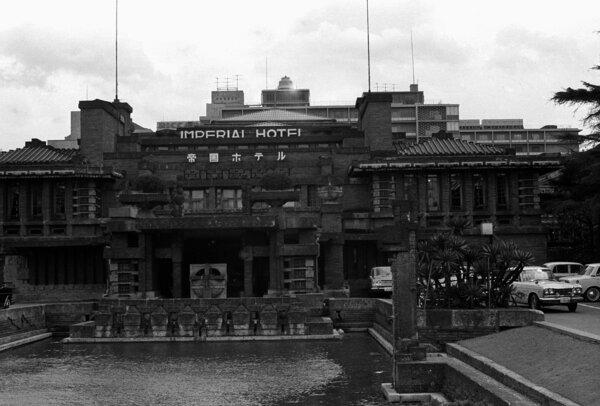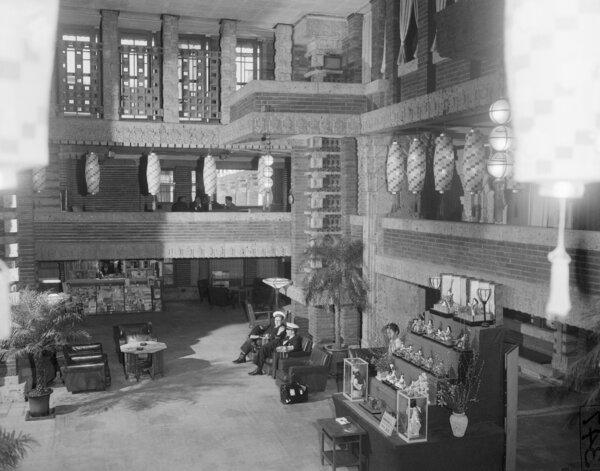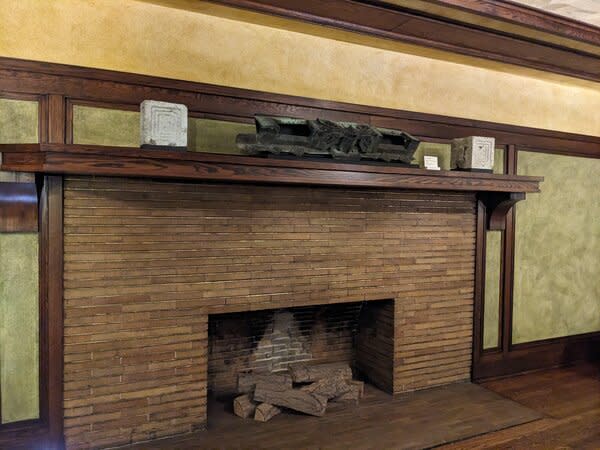Frank Lloyd Wright’s Imperial Hotel Was a Trial by Fire, But It Sparked His Most Famous Homes
- Oops!Something went wrong.Please try again later.
An exhibition at the Martin House in Buffalo, New York, surfaces remnants of the hotel that crystallized his vision for the Mayan Revival aesthetic.

Frank Lloyd Wright had been working on the Imperial Hotel for nearly a decade before it was finally scheduled to open on September 1, 1923. The redesign of the famous Tokyo building had been punishing: behind schedule and over budget, Wright had navigated on-site fires, an earthquake, and illness, not to mention upheaval and grief in his personal life, including the arson at Taliesin and murder of his mistress, Mamah Borthwick Cheney, and her two children, all at the hands of a disgruntled worker. Given the hotel’s inauspicious start, its grand opening was eagerly anticipated.
But it famously never happened. Another seismic event, the Great Kantō Earthquake, struck Tokyo minutes before, lasting for an excruciating 14 seconds. The quake, followed by fires and a tsunami, left much of its capital city in ruins. Wright’s hotel, however, survived, largely undamaged. The "Imperial stands square and straight. Congratulations," an associate in Tokyo cabled Wright, who left Japan in 1922, eager to return to commissions in the states.
Though it persevered thanks to an innovative floating foundation and reinforced steel design, officially opening at a later date, it did not meet the demanding pace of Tokyo’s twentieth-century development and was torn down in 1968. But in designing the hotel, a then-young Wright would crystalize aesthetic ideas that endure today in the homes he built across the U.S.
Fragments of them are now on display at the Martin House in Buffalo, New York, designed by Wright some 20 years before the Imperial. Thought-Built displays surviving pieces of the hotel, including volcanic rock oya blocks, clay tiles, a copper roof cornice, and an art glass window with gold leaf accents. These join Japanese ukiyo-e prints Wright collected and sold, and correspondence with wealthy businessman Darwin Martin, patron of the Martin House, who was an influential force in the architect’s career.
See the full story on Dwell.com: Frank Lloyd Wright’s Imperial Hotel Was a Trial by Fire, But It Sparked His Most Famous Homes
Related stories:



